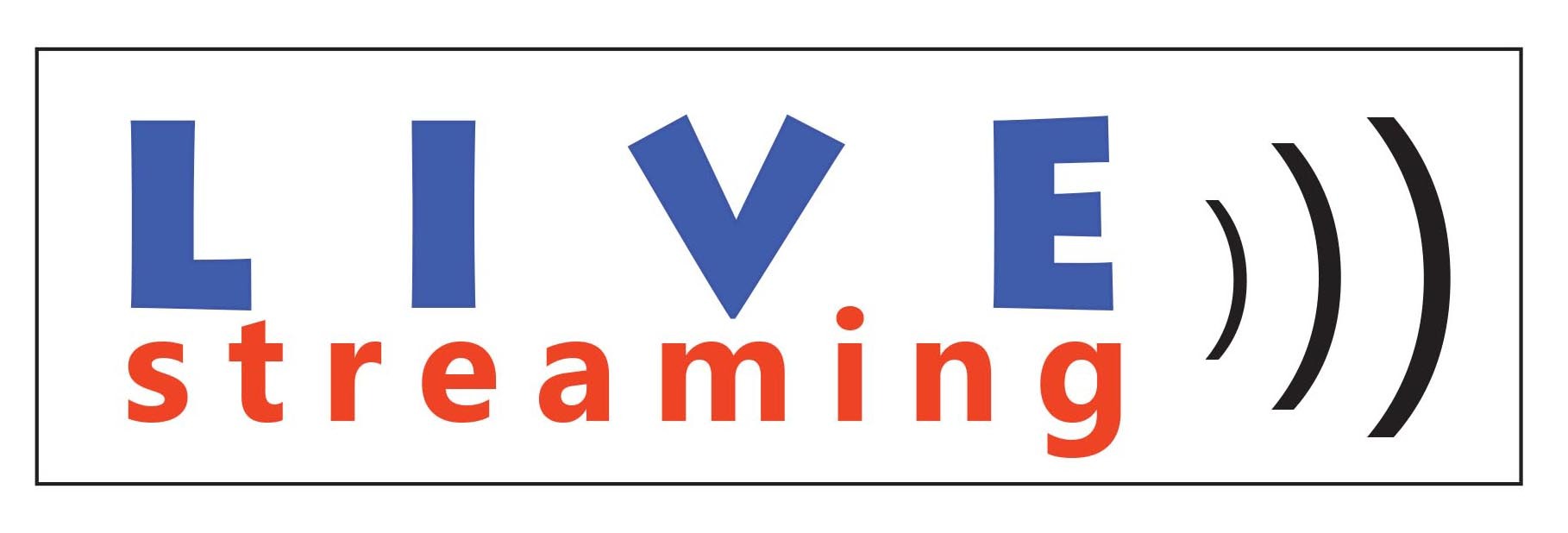Shabbat Shalom with a Heart-Healthy Dose of Torah – Sh’mot
This week, we begin a new book of the Torah. In Hebrew the name of the book is “Shemot (names),” for the book begins, “These are the names (of the folks who went to Egypt).” The English title of the book is “Exodus,” because the book revolves thematically around the story of the Exodus from Egypt. In Hebrew and in English, the story line is the same. Still though, differing traditions title the book differently. Further, the Hebrew/Jewish tradition subdivides the book into 11 weekly portions (each portion then subdivided again into 7 pieces), while the English/ Christian tradition divides the book into 40 chapters. Again, the text remains the same, either way. So, what is the big deal?
Well, these are just two very simple examples as to how our respective traditions differ in how we use the same book. The value in this understanding helps us figure a lot out about each other. We do not read or use this book the same way, and one of the most difficult conundrums that inter-religious conversations have to overcome is the realization that even while we read the same book, sharing our respective perspectives make us sound as if we are comparing apples to oranges.
The way in which text is ordered and divided helps the reader understand the text’s purpose and emphasis … in the eyes of the respective traditions. In the English version, the chapters separate packaged texts … no differently than in any book that we read … a chapter is a standalone themed text. This week’s Torah portion spans from Exodus 1:1 to 6:1. Next week begins with Exodus 6:2. Quite obviously, the chapter verse divisions hold no value in the Jewish cycle of reading, so that even while 6:1 begins the story line of Chapter 6 in one system, it is the concluding thought in another. In fact the seven sub-divisions of this week’s portion are 1:1 -1:17; 1:18 – 2:10; 2:11 – 2:25; 3:1 – 3:15; 3:16 – 4:17; 4:18 – 4:31; and 5:1 – 6:1. While there is some similarity in the reading, the breaks package the stories with different emphases than the chapter/verse system yields.
For my last few years, I was blessed with an opportunity to study the revised Common Lectionary (Christian Bible study) with ministers who were close friends. The conversation was amazing and rich, but we always had one problem to overcome. I was always challenged to find out why the texts were pulled as they were … seemingly out of context … for me. But they were perfectly at home with the textual divisions.
In this vein, I had the opportunity to spend a morning this week with a dear friend, as he addressed a gathering of Rabbis on “Inter-religious” conversation. A colleague asked him why he insisted on the term “inter-religious” and not interfaith. I had to smile to myself, as we had had just that conversation over breakfast just an hour earlier. I often teach that faith is the focus of what we believe, and religion is the way in which we demonstrate our faith. So, I thought it funny that despite the fact that my friend’s main thesis dealt with Jewish/Catholic relationships, this should be one of the first questions asked. Even before an answer could formulate, the rabbi who asked the question went further. He wanted to know how people of one religion could possibly judge the validity of someone else’s religion. After all, “we each believe something different.”
What made me smile was that his question made some difficult presumptions. He presumed that we really do believe differently; that faith is nuanced … that we pray to different Gods. Herein is the greatest obstacle we face to peace and salvation in this world. This week, the Torah unfolds for us Moses’ encounter at the bush that burned but was not consumed. Moses hears God speak to him from the bush, and when Moses inquires as to who God is, the response in Hebrew, “Ehyeh asher ehyeh.” Many translate this to read, “I am what I am.” There are many in our own tradition who will decide that God is revealing a proper name, as we will see the tetragrammaton (Yod Hey Vav Hey) also appear in this text. The reality is that both are simply forms of the verb “To Be.” God is instructing Moses to simply acknowledge the existence of divinity.
Still, though, despite the rest of Torah teaching us that there is one standard for everyone, Israel and non-Israel, despite that Christianity and Islam both root themselves in the Biblical tradition, and despite that even Jews misread this text to claim a sense of superiority, the text is clear. Before there was Judaism, before there was Christianity, Islam, or anything else, God … was. Christian text and Muslim text specifically teach that the reward of God is for the righteous. Subsequent people have read religious specificity into these texts, but even in their different structure and organization, they all teach the very same lesson. Faith is universal, as are the foundational statements of the faith of each of our traditions.
We have segregated ourselves from each other, using our respective perversions of religious exclusivism to justify the hierarchy we propose. Then, deciding that our religion makes our faith more valuable than anyone else’s, we resort to violence to prove we are right. People purporting to represent entire religious traditions use violence in each generation to try and prove the unprovable … in fact, our religious foundations do not celebrate segregation from each other, but rather, the best that each other brings to the table. This violence is not faith: it is fear.
I pray that we become secure enough in our faiths to understand that even if our prayer is in a different language; even while we use our same texts in very unique ways … I pray that we come to know that divinity … is. I pray that we grow to see that this same source of divinity exists in and for each of us, and that in affirming our own religion, we get past the notion that finding our own spiritual home is somehow an offensive rejection of each other’s tradition and faith. We may dance to different music, but we stand on the very same dance floor before God. Shabbat Shalom.

